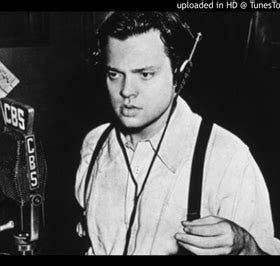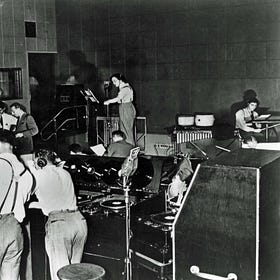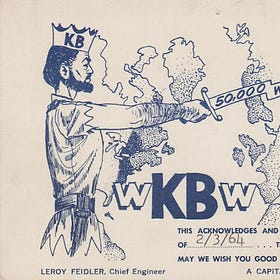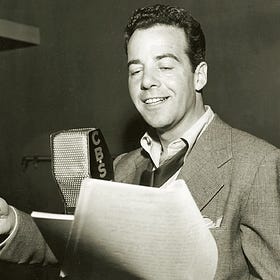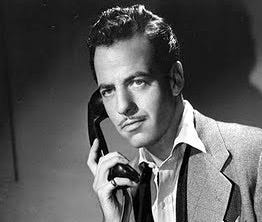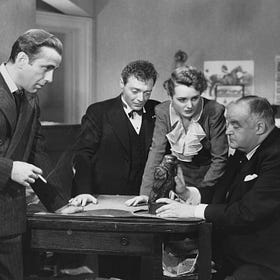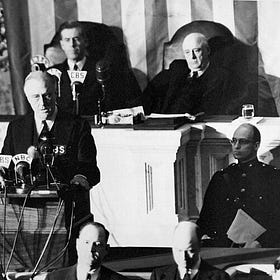The Firesign Theatre's radio sources
9 short essays on the sources for How Can You Be in Two Places at Once When You're Not Anywhere at All
A couple of weeks ago I met Julia Barton, who is founder and executive editor of Pushkin Industries — home to podcasts like Revisionist History and audiobooks like Jill Lepore’s Who Killed Truth?, which I happened to have been been listening to right at the moment we were introduced.
Julia also has a weekly newsletter, Continuous Wave, where she writes about the history of broadcast media, and she invited me to share an excerpt from Firesign: The Electromagnetic History of Everything. I chose several pages from the “radio” chapter of the book, which focuses on the 1969 album How Can You Be in Two Places at Once When You’re Not Anywhere at All, and was also the subject of a series of audio posts I wrote this fall. This seemed like a good opportunity to put that series of posts on a single page (see below).
Thanks, Julia, and hello, Continuous Wave readers! If you want to receive more posts related — ever more broadly — to the Firesign Theatre, please feel free to
I’ll send a link to the Firesign excerpt on Continuous Wave when it posts later this week.
Firesign’s radio sources
Firesign sources #1 / The Hitch-Hiker
On September 10, I’ll be giving a talk from my Firesign book at the Cornell University Library (you can watch it remotely: pre-register here). Since I’m being hosted by the Library, I decided to present the part of the book that’s most about information
Firesign sources #2 / On a Note of Triumph
The second in this series of the radio sources for Firesign’s How Can You Be in Two Places at Once is “On a Note of Triumph,” Norman Corwin’s dramatic celebration of the Allies’ World War II victory over Nazi Germany, which broadcast on CBS live from Columbia Square in Los Angeles on VE Day, May 8 1945.
Firesign sources #3 / The War of the Worlds (1938)
The Mercury Theatre on the Air’s 1938 “War of the Worlds” broadcast — directed by and starring the inevitable Orson Welles — is the most legendary radio drama event of them all, so it should not be surprising to find it a point of reference for the Firesign Theatre. David Ossman (who named one of his sons Orson!) has often compared Firesign’s first on-…
Firesign sources #4 / Buffalo War of the Worlds (1968)
We’re about halfway through this series of radio sources for the Firesign Theatre’s 1969 album How Can You Be in Two Places at Once When You’re Not Anywhere at All. Today’s entry would not have directly informed How Can You Be in Two Places at Once — Firesign had just finished recording the “War of the Worlds” side of the album by the time of the broadc…
Firesign sources #5 / The Adventures of Philip Marlowe (1 of 2) "The Red Wind"
Today we’re finally flipping over to the second side of How Can You Be in Two Places at Once When You’re Not Anywhere at All. Though the first side of How Can You Be is as far out as anything Firesign ever did, the flip side was much more conventional, a parody of old radio detectives called “The Further Adventures of Nick Danger (Third Eye).” Foregoi…
Firesign sources #6 / The Adventures of Philip Marlowe (2 of 2) "The Pelican's Roost"
Yesterday I posted the first of the Gerald Mohr episodes of The Adventures of Philip Marlowe. That’s the one that begins with the detective “getting tired of reading Philip Marlowe, Private Investigator backwards on the ground glass of my office door.” Firesign’s Nick Danger would take that line to its logical conclusion. Today I’m posting one more P…
Firesign sources #7 / The Maltese Falcon
Last week I said I thought that The Adventures of Philip Marlowe was probably the primary model for Firesign’s Nick Danger. I still think that’s right, but you wouldn’t get far into side two of How Can You Be without recognizing another important source:
Firesign sources #8 / FDR Pearl Harbor address
The final entry in this series on the Firesign Theatre’s radio sources has to be FDR’s December 1941 Pearl Harbor address — Firesign’s inspiration for the famous travesty that interrupts “The Further Adventures of Nick Danger” (at 25:20) and concludes the hour-long
Firesign sources #9 / Paul Robeson - "Ballad for Americans" (1939)
Gah, I thought I was done with my series of radio sources for Firesign’s How Can You Be in Two Places at Once, but then I discovered an important one that needs to be included. Driving down to Philly last week, I was listening to a new(ish) book by the Harvard historian Jill Lepore,
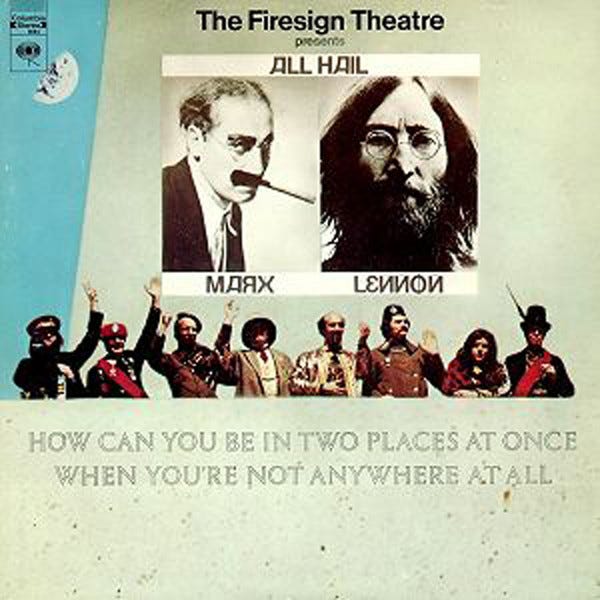
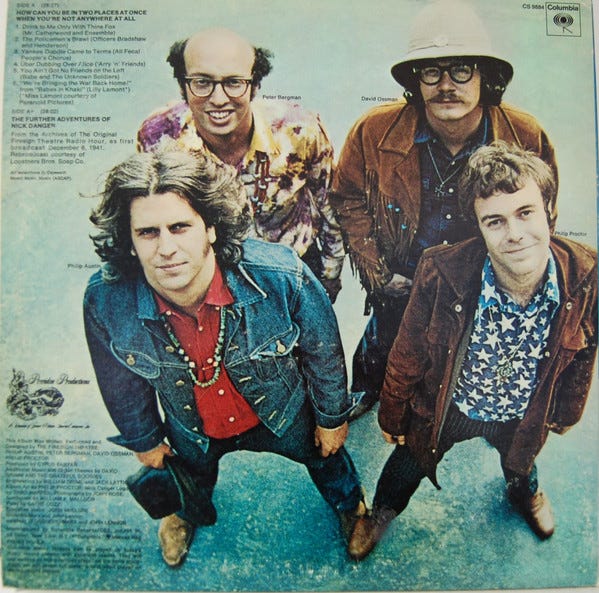

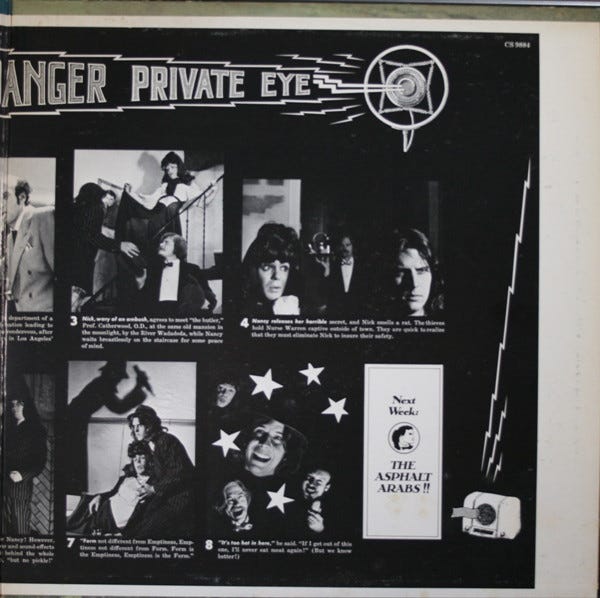
Front, back and inner gatefold of the Firesign Theatre’s How Can You Be in Two Places at Once When You’re Not Anywhere at All (1969)


